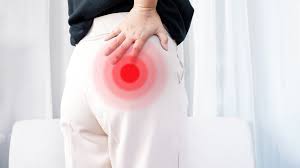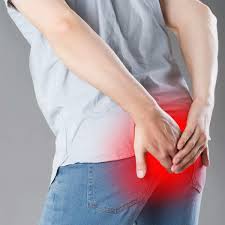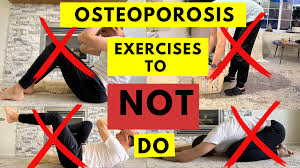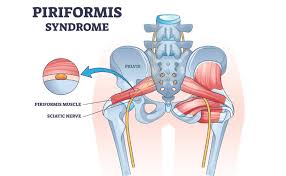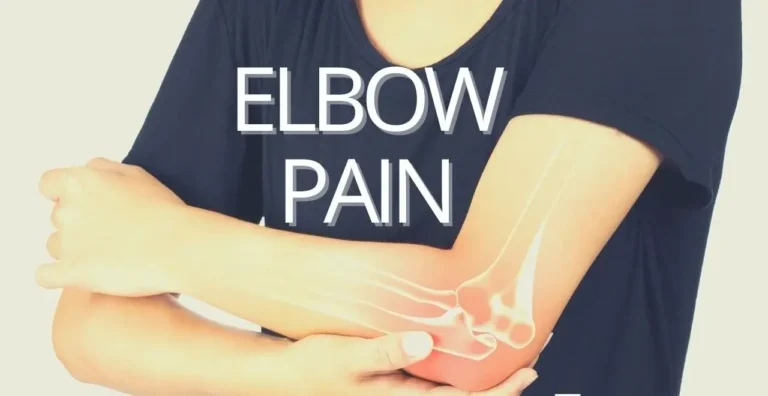Buttock Muscle Pain
Introduction: Buttock muscle pain refers to discomfort or soreness in the muscles of the buttocks, often caused by muscle strain, overuse, injury, poor posture, or underlying conditions such as sciatica or bursitis. Buttock muscles are essential for maintaining proper posture, facilitating running, climbing, and walking, as well as for stabilizing the hips and pelvis. Muscle…

